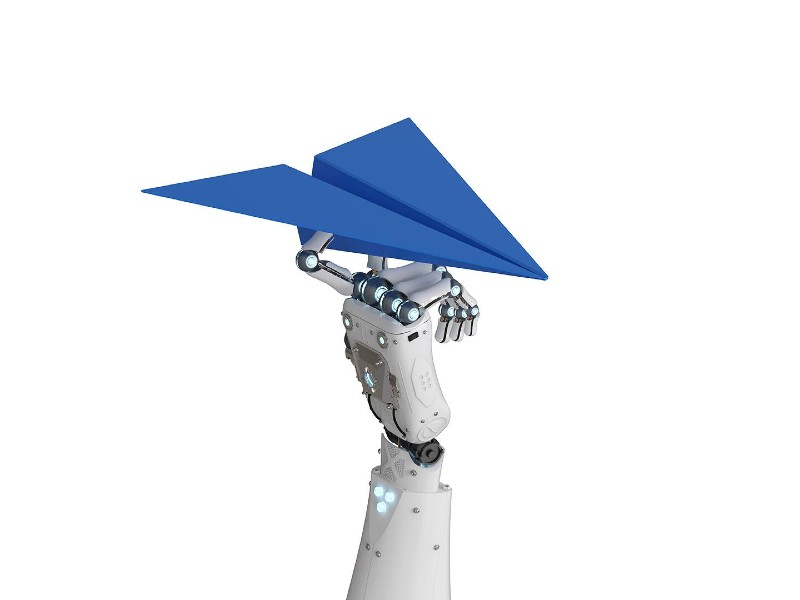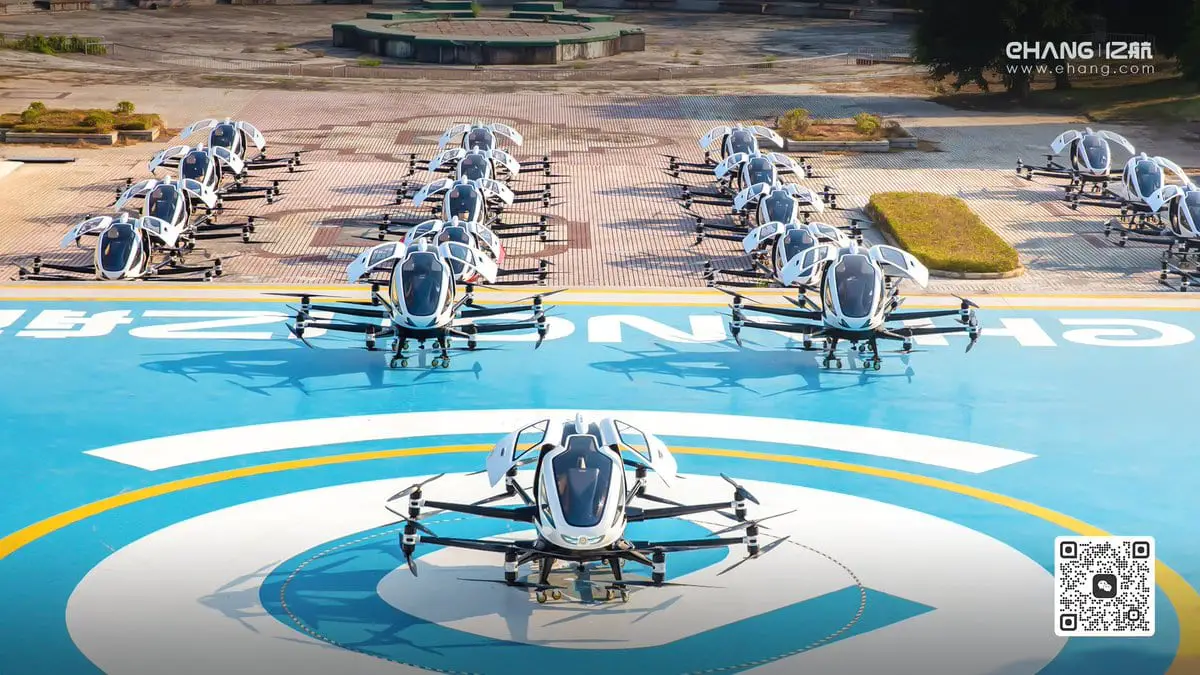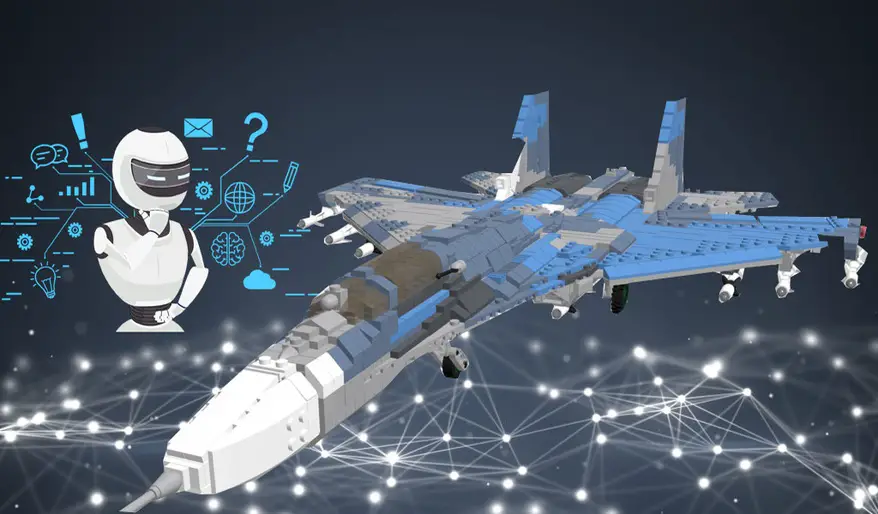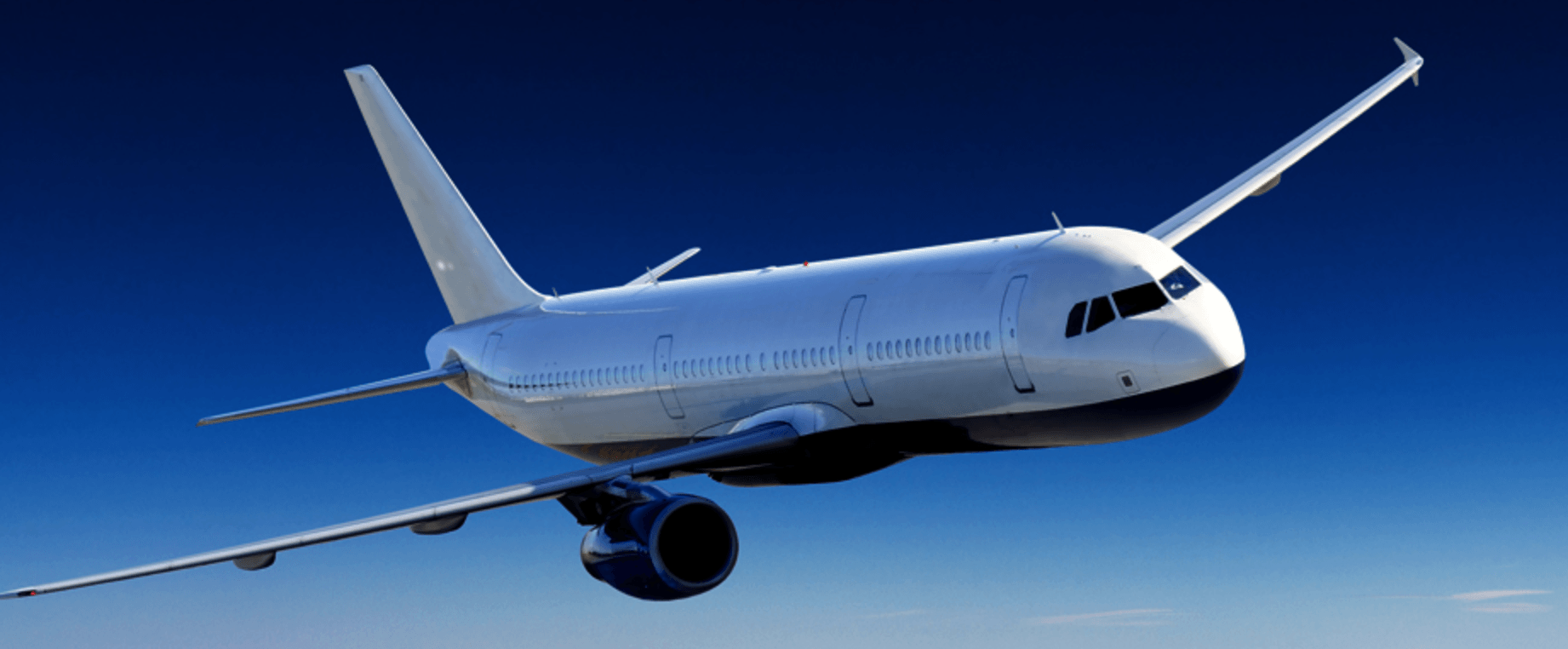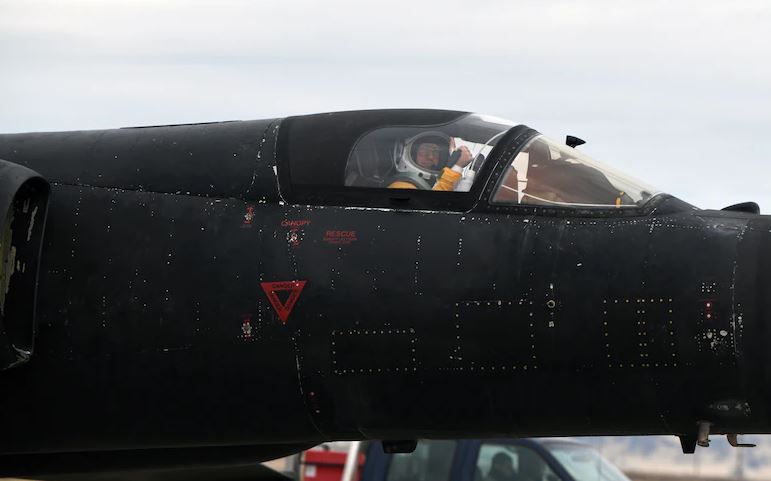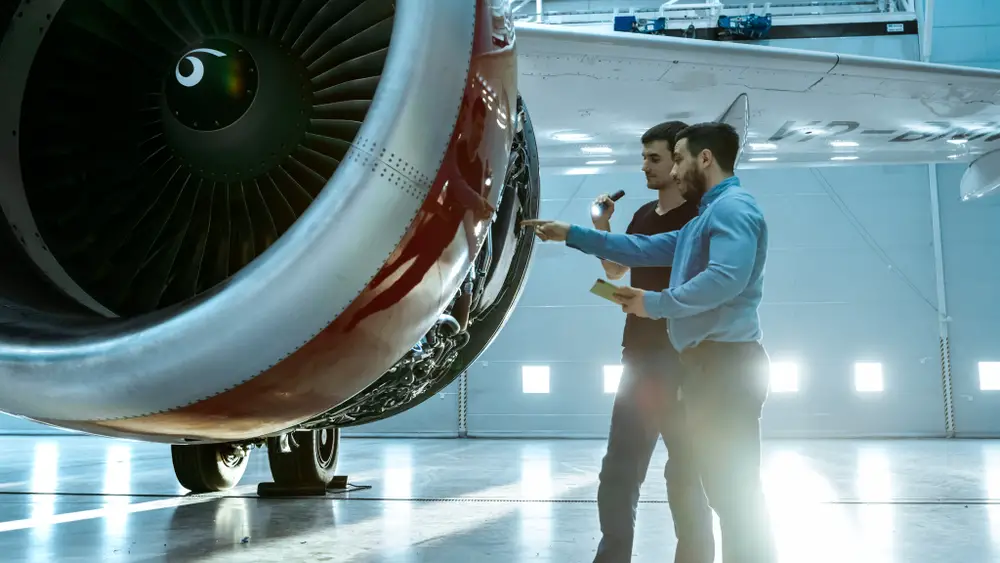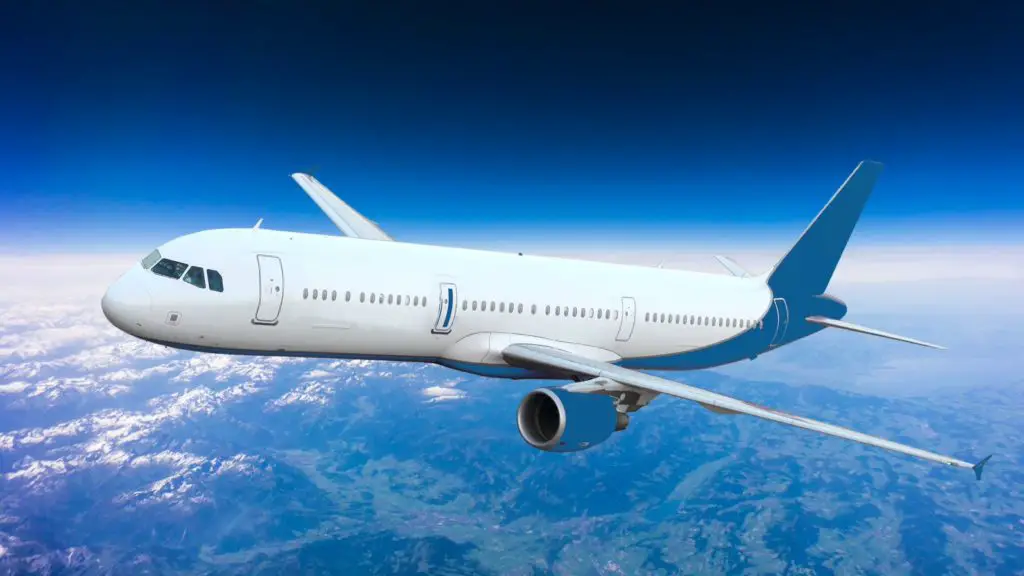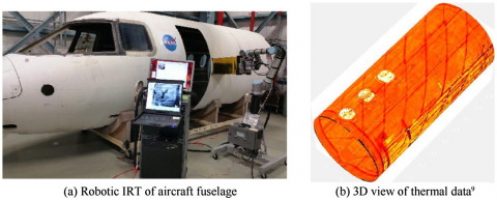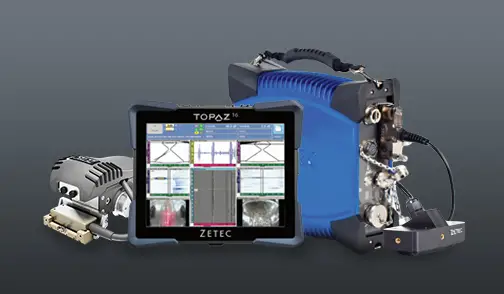
Artificial Intelligence in Aviation & Aerospace
Artificial Intelligence (AI) has progressed rapidly and already has a significant presence in many industries including aviation, aerospace, and defense. AI can revolutionize design, manufacturing as well as operations and provide operational advantages if incorporated well.
Find more information about the impact of artificial intelligence in the aviation, aerospace, and defense industry, the current utilization of AI technology, and the future outlook.
Artificial Intelligence in Aviation
Airlines are using artificial intelligence to gather and analyze data, which then helps make valuable business decisions to improve operational efficiency, customer satisfaction as well as increase revenue.
Airlines are mainly using artificial intelligence in these fields:
- Artificial Intelligence in Aircraft Maintenance, Repair and Overhaul (MRO)
- Operations Management and Revenue Optimization
- Customer Service and Engagement
AI in Aircraft Maintenance, Repair and Overhaul (MRO)
Many aircraft accidents have been a result of faults missed during aircraft maintenance. Thus, airlines and MRO providers are now utilizing artificial intelligence in this sector to help identify and predict failure patterns and maintenance requirements.
Modern aircraft are installed with a multitude of sensors to monitor and provide structural health data in real time. Aircraft and engine manufacturers such as Boeing, Airbus, and GE now make aircraft structural health as well as historical aircraft maintenance data available to the cloud-based data repository.
Thus, airlines and aircraft MRO providers are utilizing this data and AI analytics system to obtain predictive maintenance alerts which helps them take proactive measures on time and reduce the chances of fatal accidents.
How AI can Help Airline Operations Management and Revenue Optimization?
Airlines operate with an extremely low-profit margin. Thus, any option to improve revenue is a huge help. A few such areas which need constant optimization is towards aircraft fleet management, route planning, and airfare pricing.
Route planning and allocating the available aircraft fleet to gain maximum revenue throughout the extensive route network has become more of a challenging task. Thus, airlines now rely more on AI solutions to gather and analyze the demand on various routes, macroeconomic factors, variable price willingness of customer to pay on different routes, and expected marginal seat revenue (EMSR) among other factors.
Based on these insights, airlines can make better decisions to optimize flight routes, aircraft allocation as well as dynamic pricing of airfare as well as ancillary services.
AI for Airline Customer Service and Engagement
Artificial intelligence tools are being used to enhance certain customer service and experiences. For example, many booking services are now completely automated and the traveler can now easily engage with human-like chatbots, plan their trip and book the ticket, all online and completely by themselves.
Also, the data gathered from potential and previous customers are used to understand their purchase behavior and recommend tailored services. The algorithms are also used to understand and analyze the customer’s sentiment on social media and other platforms to understand customer perception of the brand.
Artificial Intelligence in Aerospace and Defense
Being at the forefront of cutting-edge technology development, the Aerospace and Defense industry can significantly benefit from the wide-scale deployment of artificial intelligence in various applications.
Aircraft Design Optimization with Artificial Intelligence
One of the ways, artificial intelligence is being utilized in the aerospace industry is to help in aircraft design optimization.
AI has proved quite useful to aid in the conceptual design process of an aircraft as it utilizes massive computing power to easily analyze all different variables, design constraints, and the desired output to come up with interesting and highly efficient design solutions which are otherwise quite a large and complex undertaking for a human engineer.
In some cases, AI has come up with such radical design suggestions that a human designer would never even consider. These organic design structures can then be built using 3D printing (also known as additive manufacturing technology) which helps build complex structures previously impossible with conventional manufacturing, while also consuming less material and hence weight reduction.
Also, read 3D Printing in Aerospace and Defense
For example, researchers from the Technical University of Denmark have published research where they fed the wing dimensions of a Boeing 777 aircraft to a supercomputer which then produced a radical new aircraft wing design. The supercomputer designed an aircraft wing that had a completely different internal wing structure, was more hollow and weighed 5% less than the current wing used in Boeing 777.
This AI assisted design process is known as generative design and it is bound to completely revolutionize the way ‘future aircraft’ are designed.
How AI is Aiding the Aircraft Manufacturing Process?
Aircraft manufacturing is an extremely complex and costly process. A new aircraft design can take almost a decade, and even at the later stages manufacturing of an aircraft can range from 3-6 months.
Various components are manufactured at different locations throughout the world which are then transported to a final assembly plant. Chances of damage, defect, and error in any of these stages are extremely high and can result in delays or need costly mitigating solutions.
One of the areas that need utmost care at the manufacturing facility is to inspect products for any manufacturing defects. Certain materials such as composites are prone to damage even from minor accidents such as tool impact on the work floor.
Currently, processes such as visual inspection are routinely undertaken to check product quality throughout various stages of aircraft part manufacturing. This process involves intensive manual labor and is costly.
Artificial intelligence can help automate many such routine inspection processes to meet predefined quality requirements.
This will not only reduce manual labor but also help reduce cost as well as improve employee safety by automating many of the high risk manual tasks at the manufacturing facility.
Artificial intelligence for industrial inspection is already in growing demand as it has the potential to provide a significant reduction in production cost while also enhancing product quality and output by reducing the chances of human error.
For example, Airbus has been utilizing AI and machine learning on the production floor to speed up its Airbus A350 production without compromising on quality. Airbus aims to further automate the manufacturing process to increase production output while enhancing product quality and reducing errors.
Role of Artificial Intelligence in Autonomous Aircraft Future
Modern aircraft are already sophisticated enough to fly most of the journey on autopilot with limited supervision from a human pilot. However, many of the aircraft accidents are still accounted for human error as per the historical aircraft crash data.
Thus, aircraft manufacturers and regulatory bodies are evaluating the possibility of whether flight safety can be further enhanced by incorporating more sophisticated artificial intelligence solutions in flight control.
Although a fully autonomous passenger aircraft might still take time to become a reality because of safety and regulatory concerns, researchers are already evaluating such technologies in cargo and military aircraft.
An overview of artificial intelligence in aviation, aerospace, and defense. How AI aids in aircraft design optimization, aircraft MRO, operations & more.
The FLY AI report identified four areas where AI can help tackle current and future challenges. These are airspace capacity, which is rapidly running out in ...
The aviation industry is on the cusp of major changes driven by advancements in artificial intelligence (AI) and machine learning. As these technologies ...
Industry professionals say the use of artificial intelligence and machine learning can increase speed, efficiency, workload, and safety to enable more complex ...
Product design is one of the most important elements of the Aerospace industry. We know that companies like to use very strong but lightweight parts for ...
The most popular AI applications from the top four industry leaders currently using AI appear to be: AI Assistants: Responding to customer inquiries and ...
Artificial intelligence plays a huge role in cutting costs, minimizing the design process duration, reproduction, prototyping, enhancement, support, ...
Artificial intelligence (AI) is playing an increasingly significant role in the aerospace and defense industry, revolutionizing various aspects of ...
The aviation industry has experienced a rapid transformation in recent years, driven by artificial intelligence (AI) and data science advancements. These ...
Artificial Intelligence (AI) is dramatically reshaping our world, transforming everything from self-driving cars to virtual assistants. This ...
The aerospace industry is extremely competitive, with aircraft manufacturers under constant pressure to produce high-quality products efficiently and ...
A U-2 Dragon Lady pilot assigned to the 9th Reconnaissance Wing, prepares to taxi after returning from a training sortie at Beale Air Force, Calif., Dec. 15, ...
The implementation of AI in aerospace development can allow businesses to streamline the production of various components and reduce safety issues. Also, AI ...
The use of artificial intelligence (AI) is expected to transform the future of military aircraft and aviation. AI has the potential to enhance capability and ...


